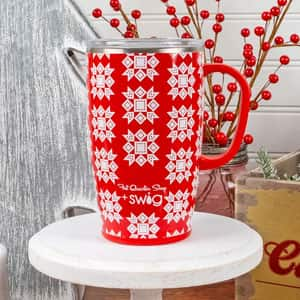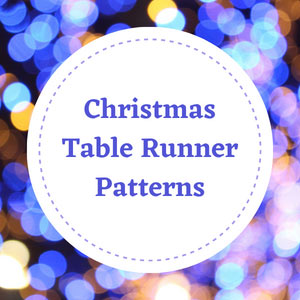This post contains affiliate links for which I receive compensation
Will Invisible Machine Applique Work for this Pattern?
by Heather
(California, USA)

Question:
I found a beautiful flower applique pattern but one of the stems completely overlaps a leaf. From my understanding, part of what makes invisible machine applique invisible is washing the background fabric to pull the stitches under. Will they still show on the leaf?I'm not sure how to go about this pattern with your technique. Is this pattern even viable for this technique?
Reply:
Any pattern is doable in the invisible machine applique technique shown on the website. And yes, this pattern is certainly viable for it.The Easy Part
The stem overlapping the leaf isn't a problem at all. If you are concerned about the stitches showing, then I would suggest using a zig zag stitch of '1' long and '0.5' wide. The stitch will take less 'bite' out of the applique and be less noticeable. The background fabric usually shrinks just a tiny bit. When your stitch is just on the edge of the fold, it doesn't take much for it to disappear.Then It Gets Tricky
The trickiest part of this design will be the thinness of the stem and the acute points. To accomplish them, I suggest the following......first, take a deep breath and relax...
...because the great thing about this machine applique technique is if you don't like how the shape looks after you've glued the seam allowances back, you haven't yet stitched it to your background fabric. You can just throw it away and try again!
To glue the Rinsaway template to the chosen stem fabric, use a liberal application of Elmer's Disappearing Glue Stick (the one that goes on purple and dries clear). Press it to dry the glue...thoroughly dry the glue. This will give your piece some extra stiffness and stability.
Glue the seam allowance on one side and press, thoroughly drying the glue stick again. Now glue the other seam allowance. Dry the glue in the center of the stem by ironing, but don't touch the ends just yet. If you dry the points now, you'll be trying to pull glued fabric up to trim away the excess fabric. These points are much too fine to take much wear and tear.
At the points, use a few tiny dots of a product called 'Liquid Stitch'. This will help to keep the teeniest of seam allowances from fraying. Manipulate these points until you are happy and again, dry this product with the iron.
Don't forget to use an applique press sheet or a piece of folded parchment paper to protect your iron and ironing board while you are doing all this gluing.
It's Your Quilt!
Remember, too, that you can always modify an applique pattern to suit your own skill levels and time constraints.If the points are too narrow, redraw them to suit you or time available to complete this project. These points would be a challenge to even a seasoned needleturn appliquer. Don't hesitate to change the pattern to suit you. It's your project.
Stitching it Down
When it comes to stitching this stem down, remember to use the narrower, 0.5 width. Use a smaller needle to make a smaller hole. I regularly use a 60/8 Microtex Sharp needle for the applique and stitch slowly.Keep a stiletto or bamboo skewer handy as you get to the points. They may try to shift a bit simply because they are so small. Sew slowly. Hand walk the stitches to get around the points if needed. It's still faster than needle turn.
One of the nice things about using the Rinsaway, as opposed to a freezer paper template, is that you needn't remove the stabilizer once the piece is stitched. You won't need to cut away fabric from behind the stem or flowers to remove any template material. You won't be stressing those stitches. The flowers will sit on top of the leaf and come forward just a tiny bit. Just as the pattern suggests.
What's more, when applique is quilted, it is typical to stitch in the ditch around all the shapes to help lift them from the background. This will further help to hide your stitches by creating a slight shadow in the well of the seam.
Heather, I hope this has helped to allay your concerns. Please let me know if I can be of further help!
Piecefully,
Julie Baird
Editor
Click here to return to Machine Applique Questions...Answered!.


















